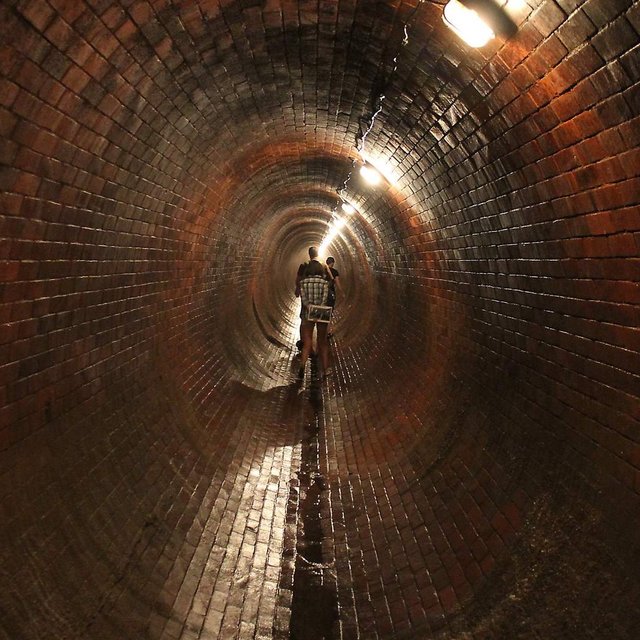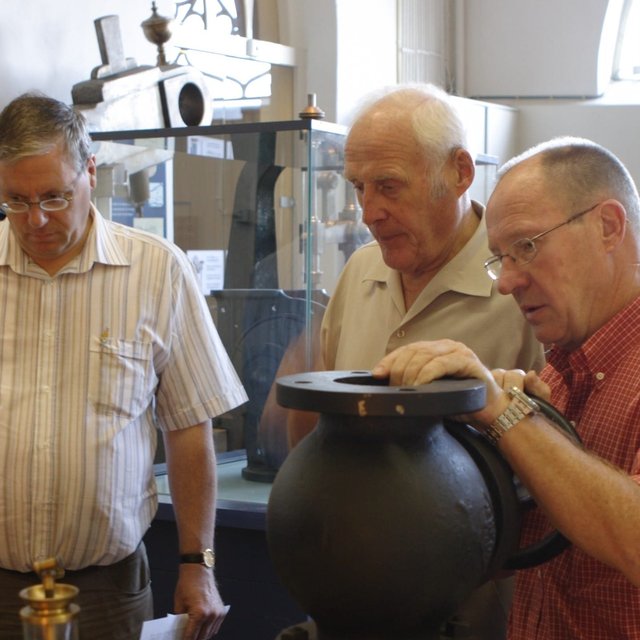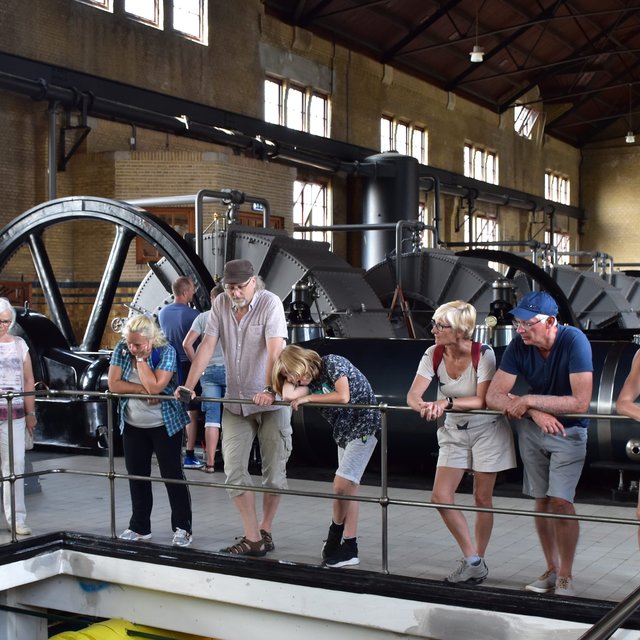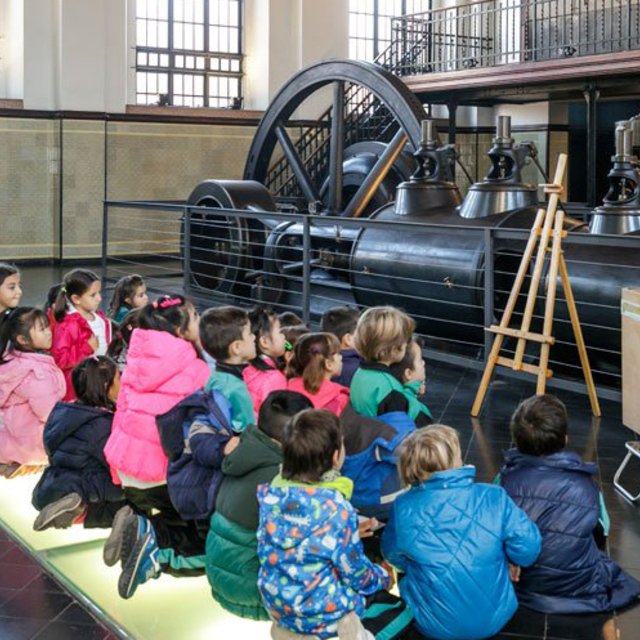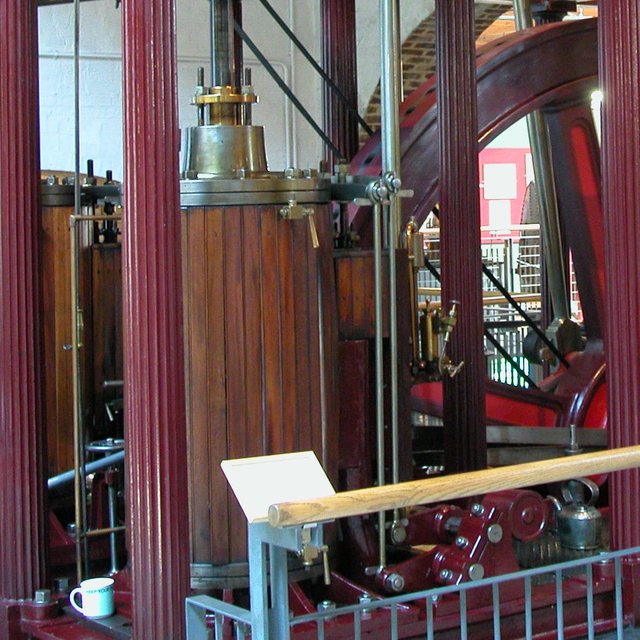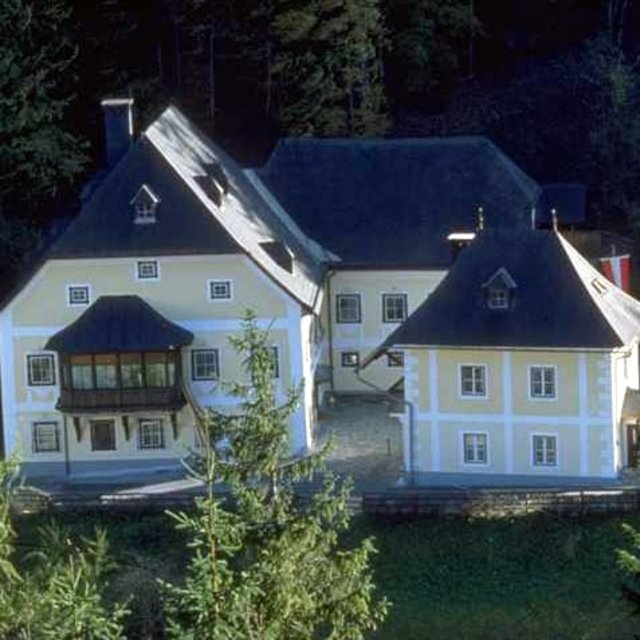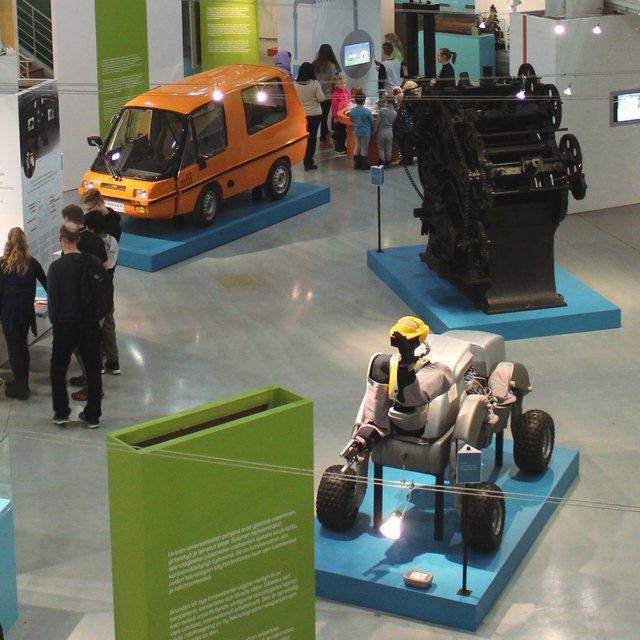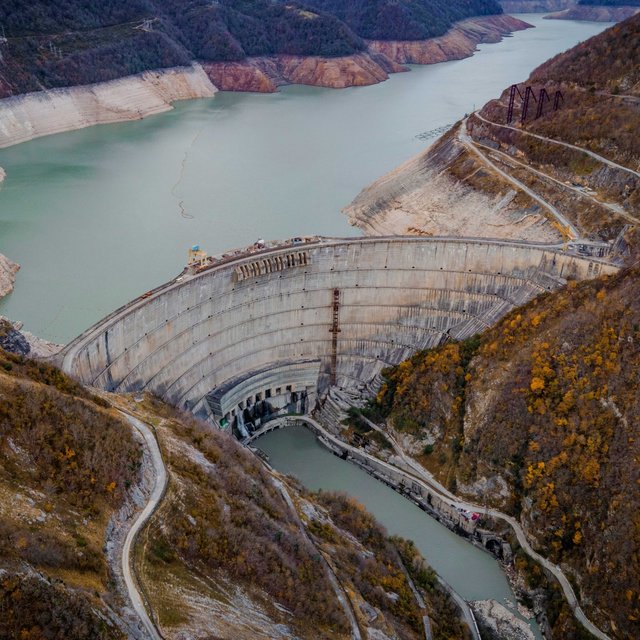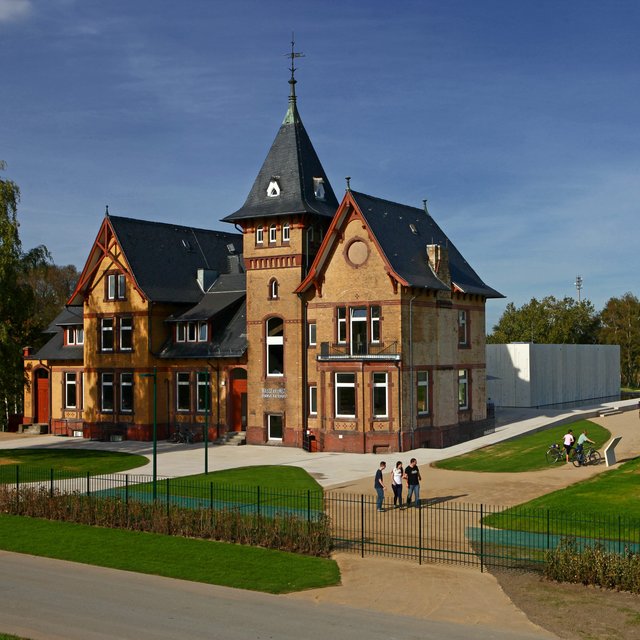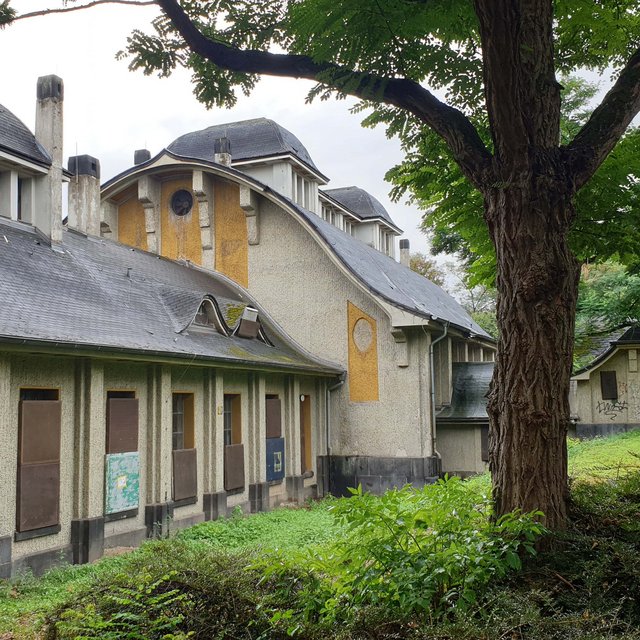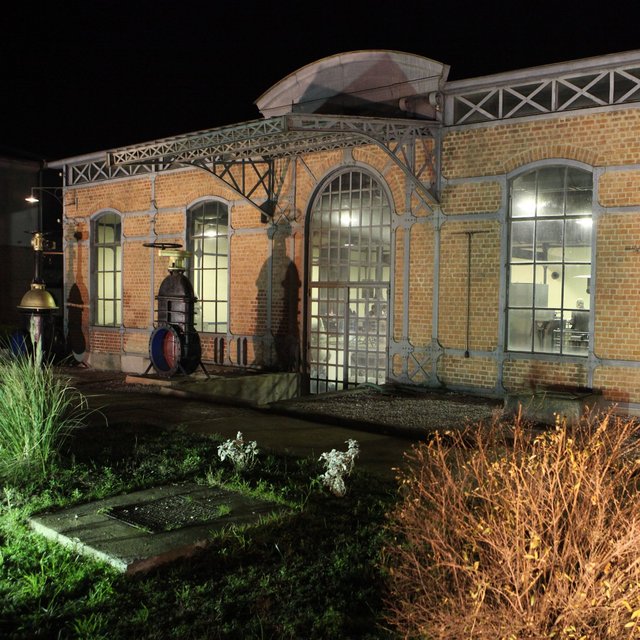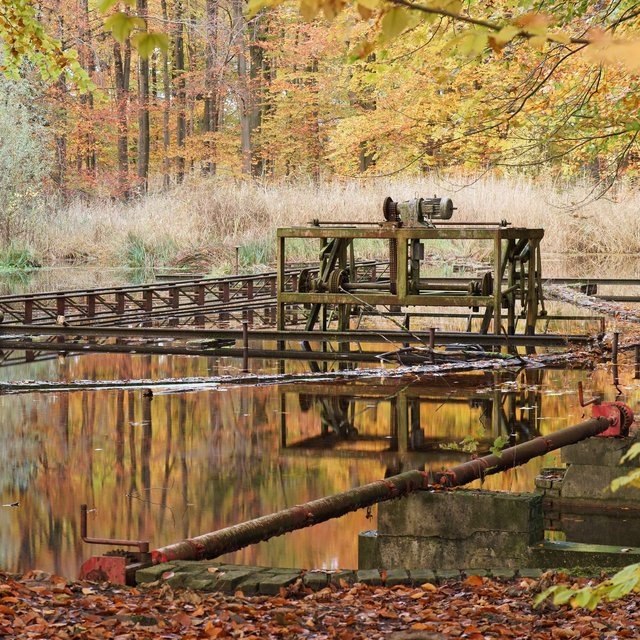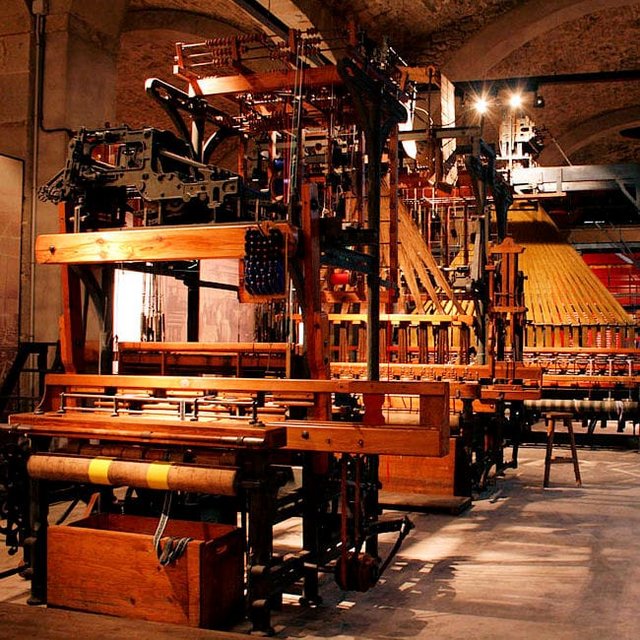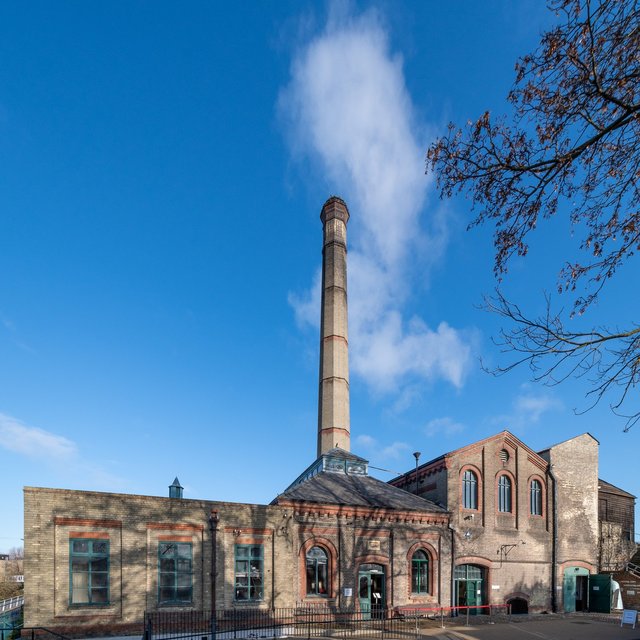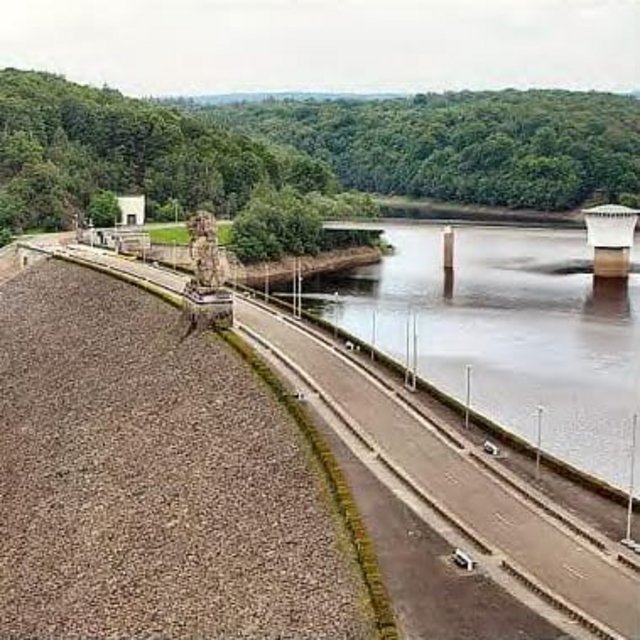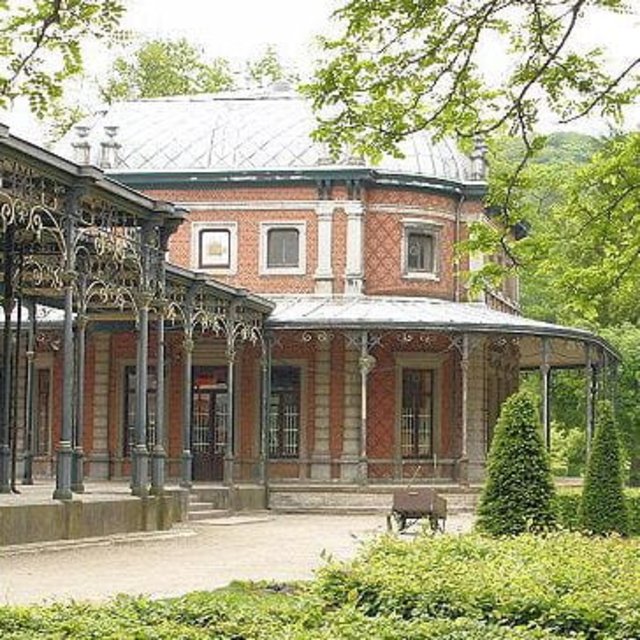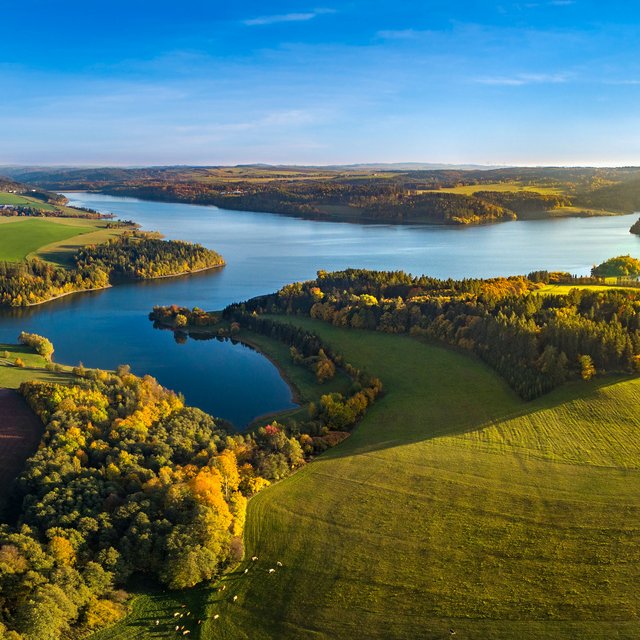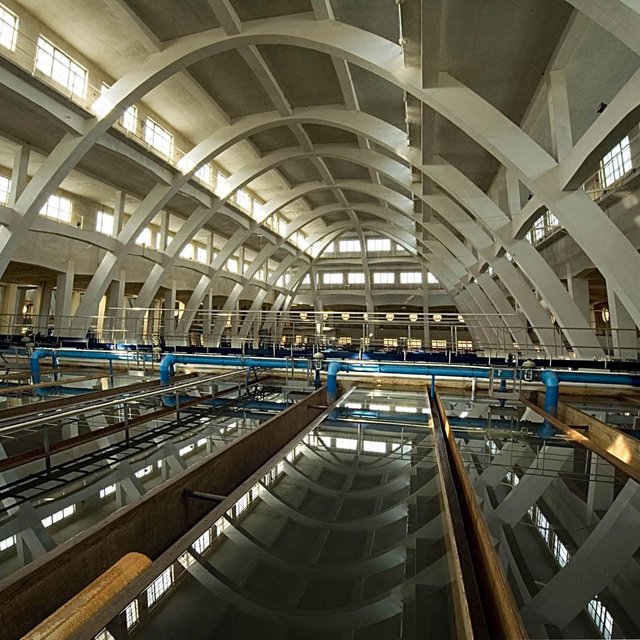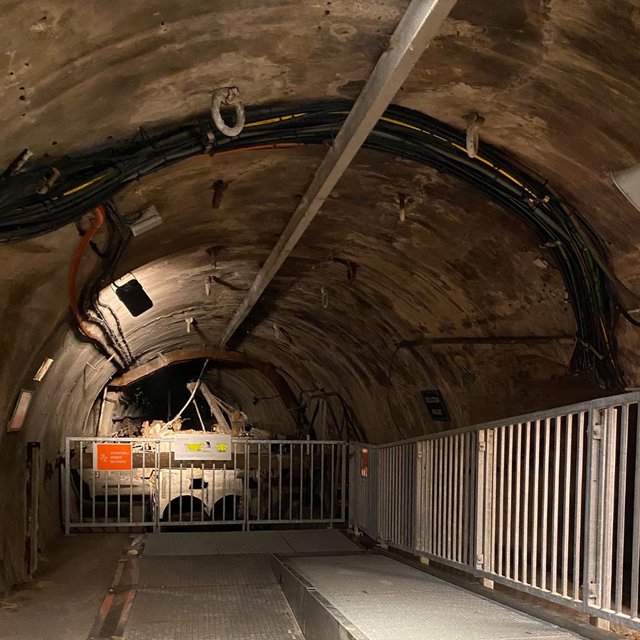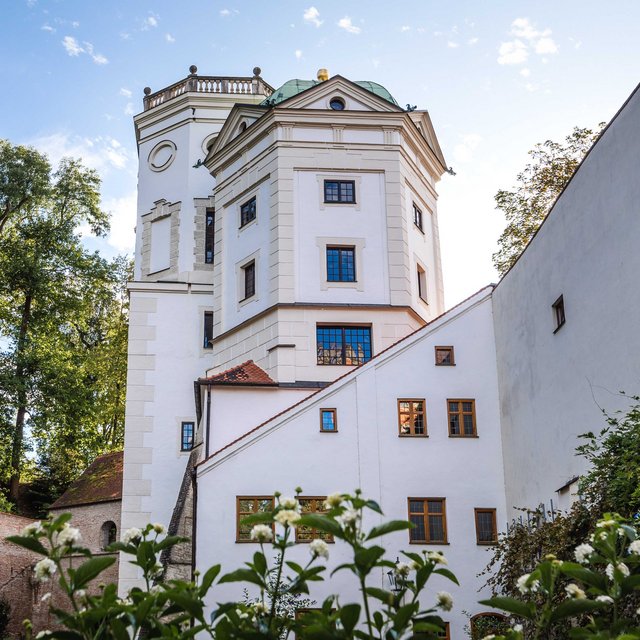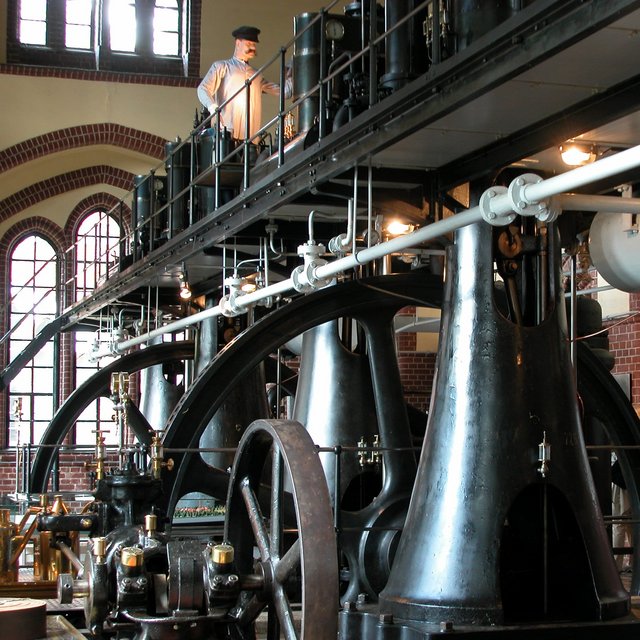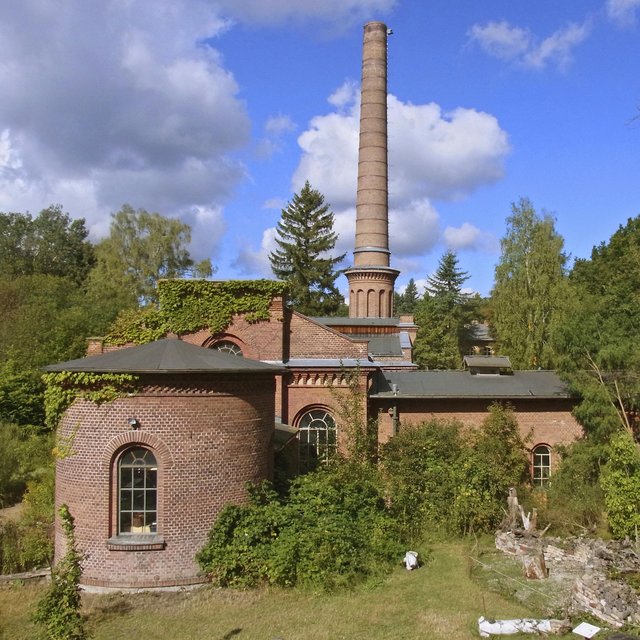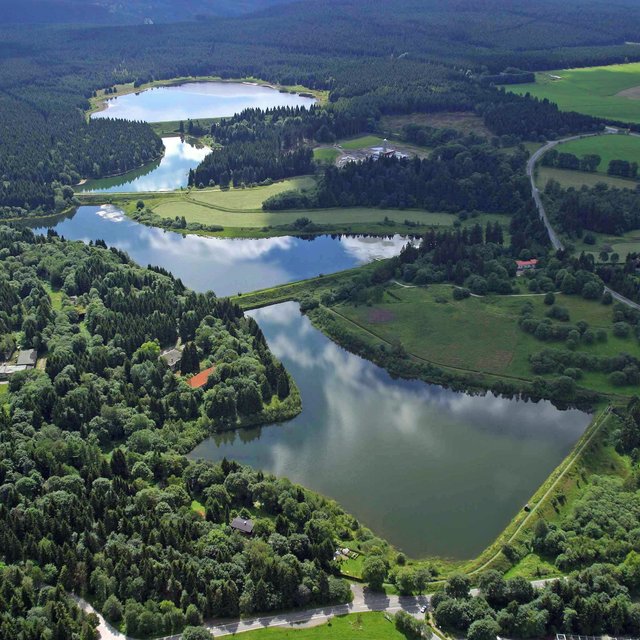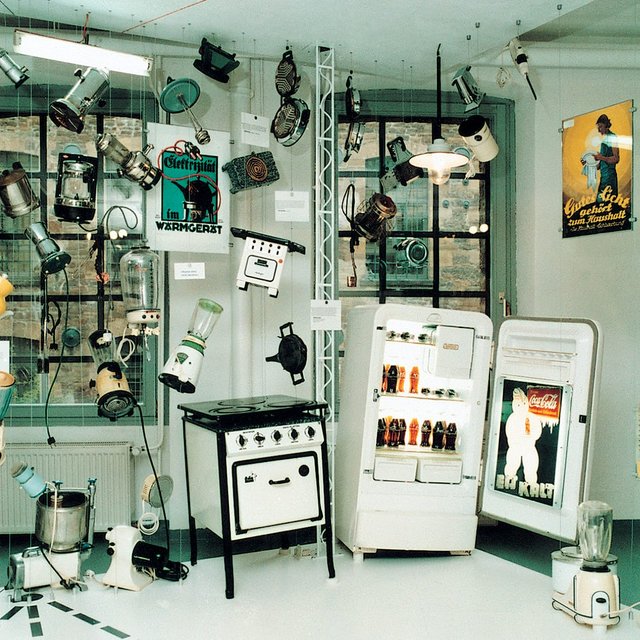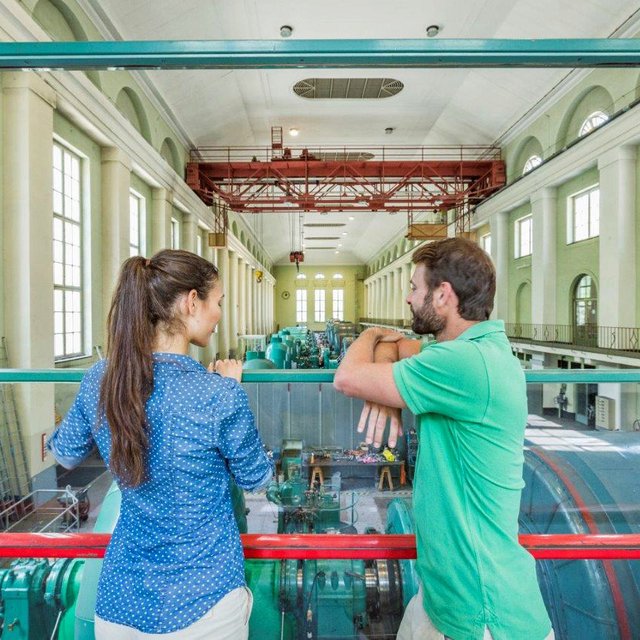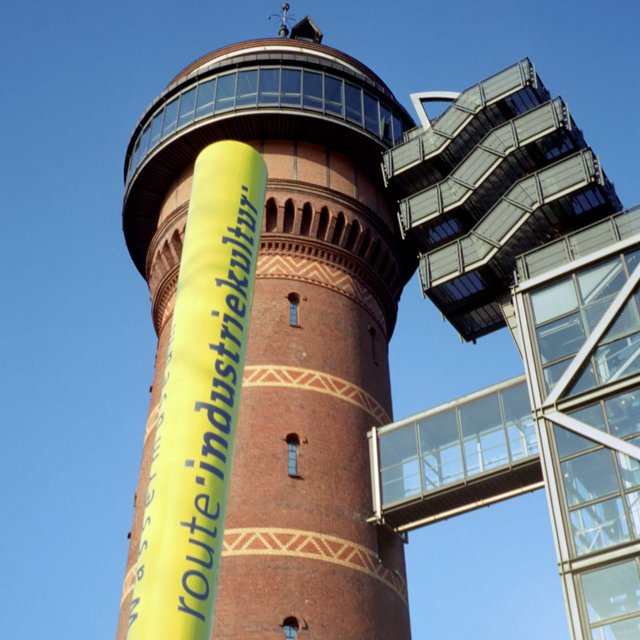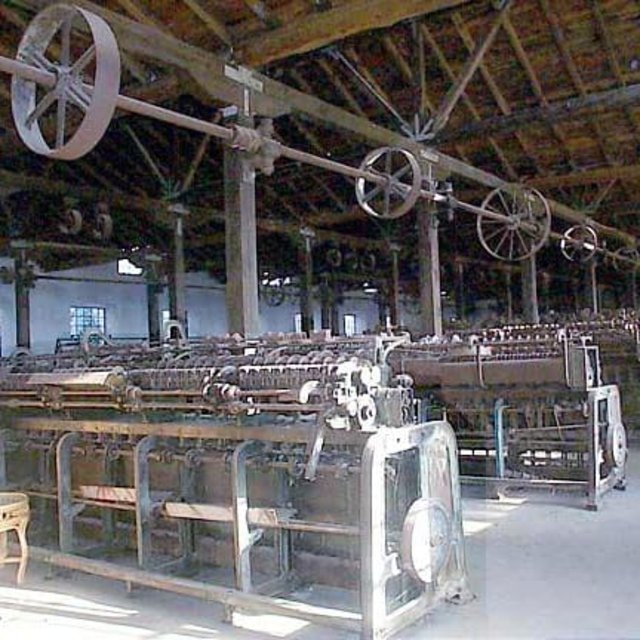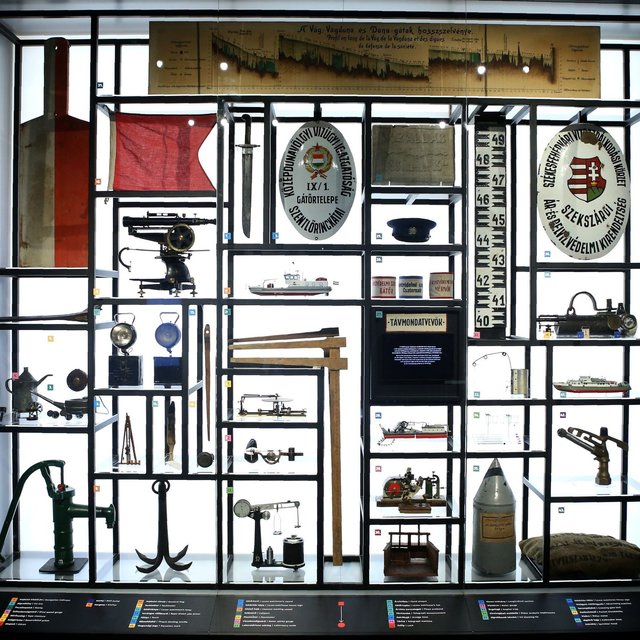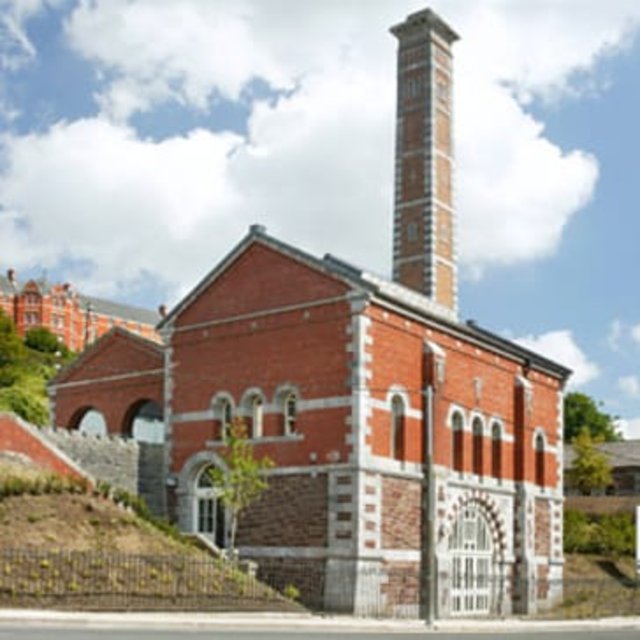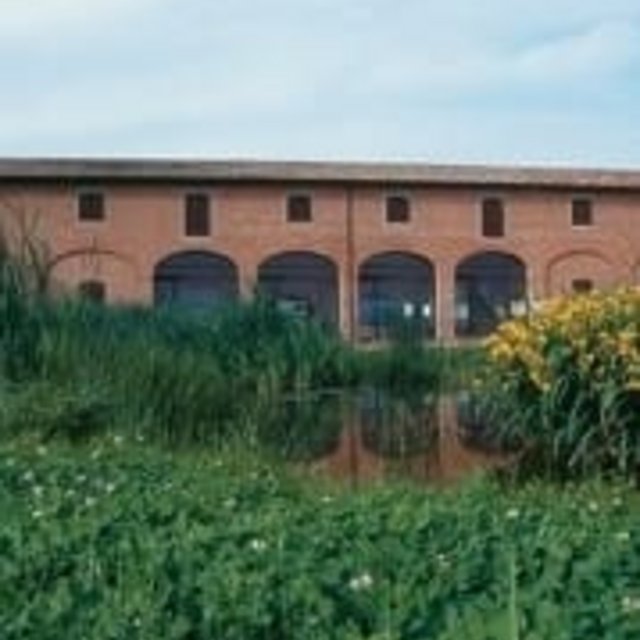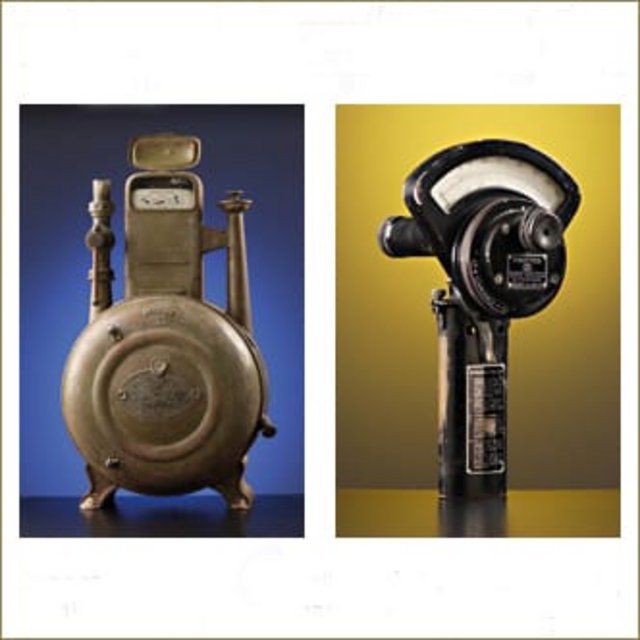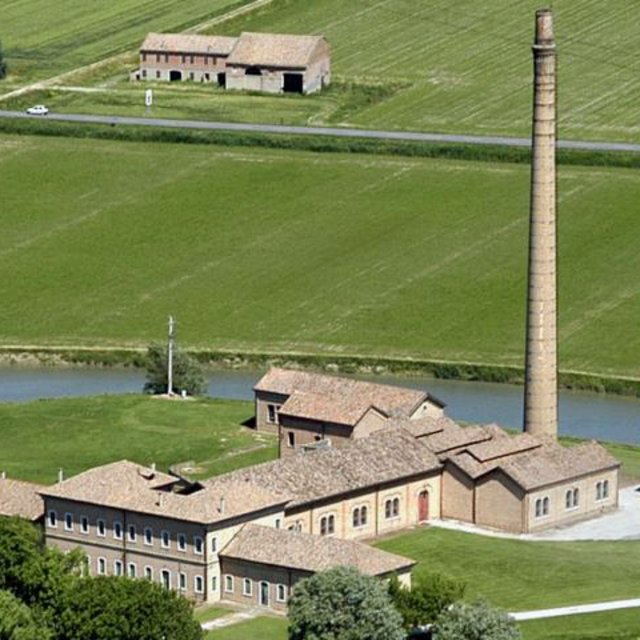European Themeroute | Water
No European country has as close a relationship to water than the Netherlands. For this reason water construction technology developed here first. At the start of the 17th century people began the struggle to reclaim land from the water. They were motivated by two main aims; to create land for ... more
 Blue gold. European Themeroute Water
Blue gold. European Themeroute Water
No European country has as close a relationship to water than the Netherlands. For this reason water construction technology developed here first. At the start of the 17th century people began the struggle to reclaim land from the water. They were motivated by two main aims; to create land for agricultural purposes and to protect themselves better from floods. The small parish of Beemster, near Amsterdam, is a good example. The local inhabitants of this damp coastal countryside had been harvesting peat for many years because the fuel was much in demand. The trouble was that water built up in the low-lying areas, creating an inland lake. This was connected to the Zuiderzee and threatened to become even larger. It was mainly Amsterdam merchants who joined forces to initiate one of the first ever land reclamation projects. The principle was always the same: the area of water would be shut off from the open sea or any other tributaries by dikes. A series of windmills would then be built on the banks and on dams: these would be used to drive pumps or bucket wheels to transport the water into outlet trenches.
Beemster lake was pumped dry in 1612 and the fertile land divided up among the investors. The completely straight drainage canals and roads still exist today, as do the dikes and the buildings which were constructed according to a well thought out strategy. The Beemster polders reflect the dream of a renaissance of an ideal community. At the start of the 20th century the farmers of Beemster were some of the first to organise themselves into cooperatives in order to market their milk products – in this case their famous cheese.
Long before the industrial revolution, Great Britain also profited from the experiences of the Dutch. Soon after the first polder had been created, King Charles I commissioned a civil engineer by the name of Cornelius Vermuyden from Zeeland to carry out diking and land reclamation work. Vermuyden was so successful, above all in the low-lying marshlands of East Anglia that, at the end of the Civil War in the 1640s, the country's new leader Oliver Cromwell engaged him once more.
When the Dutch began one of their largest land reclamation projects during the period of industrialisation, British experience proved decisive. The Haarlemmer lake directly adjacent to Amsterdam, had to be dried out because storm floods were continually eroding the land. Indeed in 1836 they even threatened to flood the huge trading capital. The Dutch king Wilhelm I. had the choice of either pumping off the huge amounts of water with windmills which had proved their worth for centuries, or using modern steam engines. This was a tricky enterprise, for the Haarlemmer lake was about 180 square kilometres in size, around one a half times as big as the city of Amsterdam. The King opted for progress and bought in the best British technology from manufacturers in Cornwall where people had been using steam engines since their invention. He had three engines built, one of which was the largest in the world with a capacity of around 350 hp. The three steam-driven pumps ran round the clock for around three and a half years producing swathes of black cloud clouds in the process – and in 1852 the Haarlemmer lake was finally dry. That said, the pumps still had to be switched on from time to time to ensure that the new polders remain dry. The largest of the three plants later became the world's first official industrial monument.
At the time the overpopulated industrial towns had another completely different problem with water. Hundreds of thousands of people who were living close to one another had to be given access to fresh drinking water. The demand was too much for the old pipelines which were connected to far-off sources of fresh water: the rivers from which people traditionally drew water were hopelessly polluted with household and factory waste, and springs were contaminated by nearby sewage ditches. The challenge was to find a solution to removing the huge amounts of waste water and sewage produced by so many people. Epidemics of typhus and, above all, the huge waves of cholera which wiped out thousands of victims in the middle of the 19th century, finally forced municipal administrations to take action.
People now knew that the disease-causing agents were not carried by air, as was long thought to be the case, but by polluted water. In 1852 in London, people began to purify water from the Thames by means of mechanical sand filtration. This was followed by the first steps towards a controlled system of waste water disposal. But it was not until after the notorious "Year of the Great Stink" in 1858, when the stench of the Thames began to choke the breath of the noble Members of Parliament, that permanent measures were introduced to create a system of sewers. A civil engineer by the name of Joseph Bazalgette designed an extensive network of pipes in which all the waste water was collected, transported to basins east of the city, and finally dumped into the Thames. At the same time he dammed up the muddy banks of the Thames to create new land for supply pipelines.
In Paris the urban planner Georges Haussmann, who had started to radically redesign the inner city in a representative manner in 1854, also took over responsibility for water supplies. His underground network of sewers were so well conceived that they not only contained pipes for fresh water and gas, but also a network of rails for rubbish wagons. But Haussmann too diverted the sewage into the River Seine outside the city.
At that time there were already heated debates on the pollution of rivers in urban conurbations. Hygiene experts who discussed the problem at international levels quickly recognized that the self purification powers of rivers were not enough to deal with the sewage created by the people living in the dramatically growing cities. Influenced by famous scientists like Justus Liebig and Rudolf Virchow, the authorities in Berlin tried out another solution. Part of the sewage was washed into a new network of sewers, and the rest drawn out of the ditches in buckets. It was then brought to sewage farms on the edge of the city where it was cleaned up biologically, and simultaneously used by farmers as a fertiliser. The risk to people's health from eating the agricultural products grown here only later became clear.
German municipal authorities gradually began building sewage networks. The waste water would first be treated mechanically with rakes and screens, often with the addition of chemicals specially employed to break down the pollutants. Nonetheless the majority of waste water at the start of the 20th century was still let out into rivers, lakes and the sea.
The quality of drinking water supplies also left a lot to be desired. In Great Britain at the start of the 20th century chlorine began to be introduced into the water to kill off bacteria. In Germany, not even a half of all cities possessed a central system of water supplies. But in some places fresh water was brought in from reservoirs, where it had been filtered and treated before being stored, with the aid of steam driven pumps, in high-lying reservoirs or water towers. In this way it was possible to conduct water through pressurised cast iron pipes to the upper storeys of domestic buildings: the many disastrous fires in densely populated areas had taught people the vital importance of water supplies for fire-fighting.
Related links
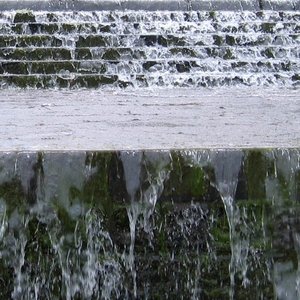
ERIH Anchor Points
Stará Čistírna Old Waste Water Treatment Plant
Stará Čistírna odpadních vod v Bubenči
Papírenská 6
160 00
Prague, Czech Republic
Haarlemmermeermuseum De Cruquius
Cruquiusdijk 27
2142 ER
Cruquius, Netherlands
Ir. D.F. Wouda Steam Pumping Station World Heritage Site
Ir. D.F. Woudagemaal
Gemaalweg 1
8531 PS
Lemmer, Netherlands
Museu Agbar de les Aigües
Museu Agbar de les Aigües
Ctra. de St. Boi, 4-6
08940
Cornellà de Llobregat, Spain
London Museum of Water & Steam
Green Dragon Lane
Brentford
TW8 0EN
London, United Kingdom
Member Sites ERIH Association
Museum HochQuellenWasser
Säusenbach 14
8924
Wildalpen, Austria
Museum of Technology
Tekniikan Museo
Viikintie 1
00560
Helsinki, Finland
Enguri Hydro Power Dam – ENGURI Attractions
Office:
18, Kakabadze street
0108 Tbilisi
Site address:
1 Tsimintia street
5223
Jvari, Georgia
Kaltehofe Elbe Island Water Art
Kaltehofe Hauptdeich 6-7
20539
Hamburg, Germany
Uerdingen Wastewater Treatment Plant
Rundweg 20-22
47829
Krefeld, Germany
Water Museum of Thessaloniki
26is Oktovriou 17
54627
Thessaloniki, Greece
Rijksmonument Waterloopbos
Voorsterweg 34
8316PT
Marknesse, Netherlands
Manresa Museum of Water and Textile
Museu de l'Aigua i el Tèxtil de Manresa
Carretera de Santpedor, 55
08242
Manresa, Spain
Cambridge Museum of Technology
The Old Pumping Station
Cheddars Lane
CB5 8LD
Cambridge, United Kingdom
Sites
Lake Gileppe Dam
Barrage du lac de la Gileppe | G.T.L. Group S.C.R.L
Route de la Gileppe 55A
4845
Jalhay, Belgium
Musée de la Ville d’Eaux
avenue Reine Astrid 7
4880
Spa, Belgium
Slezská Harta Reservoir
Leskovec nad Moravicí 204
79368
Leskovec nad Moravicí, Czech Republic
Prague Waterworks Museum
Muzeum Pražského Vodárenstvi
Podolská 15/17
14700
Prague, Czech Republic
Paris Sewer Museum
Musée des Égouts de Paris
Pont de l’Alma
Place Habib Bourguiba
75007
Paris, France
Watertowers close to Red Gate
Rotes Tor 1
86153
Augsburg, Germany
Friedrichshagen Waterworks Museum
Müggelseedamm 307
12587
Berlin, Germany
Nature Conservation Centre Ökowerk Berlin at Old Waterworks
Teufelsseechaussee 22
14193
Berlin, Germany
Upper Harz Water Management System World Heritage
Oberharzer Wasserwirtschaft
Dorotheer Zechenhaus
38678
Clausthal-Zellerfeld, Germany
Ermen & Engels Power Station LVR Industrial Museum
Engels-Platz 2
51766
Engelskirchen, Germany
Walchensee Power Station
Informationszentrum
Walchenseekraftwerk
Altjoch 21
82431
Kochel am See, Germany
Aquarius Water Museum
Burgstraße 70
45476
Mülheim an der Ruhr, Germany
Open Air Water Museum
Parko Katarakton
58200
Edessa, Greece
Danube Museum
Duna Múzeum
Kölcsey Ferenc u. 2
2500
Esztergom, Hungary
Lifetime Lab at Old Cork Waterworks
Lee Road
Cork, Ireland
Ecomuseum of Argenta
Casino de Campotto
via Cadinale-Luc
Argenta, Italy
Museum of Water and Gas
Museo dell’Acqua e del Gas
Via Piacenza 54
16138
Genova, Italy
Regional Land Reclamation Museum, Ca' Vendramin
Museo Regionale della Bonifica di Ca' Vendramin
Località Ca' Vendramin di Taglio di Po
45019
Taglio di Po, Italy


